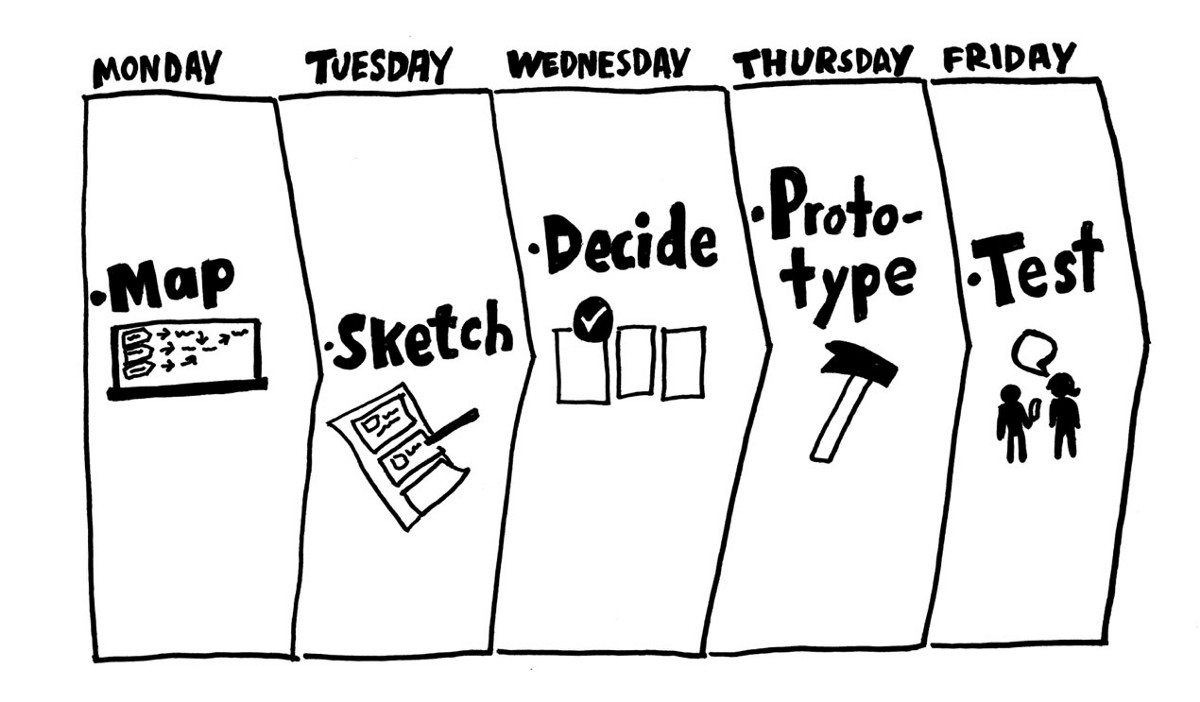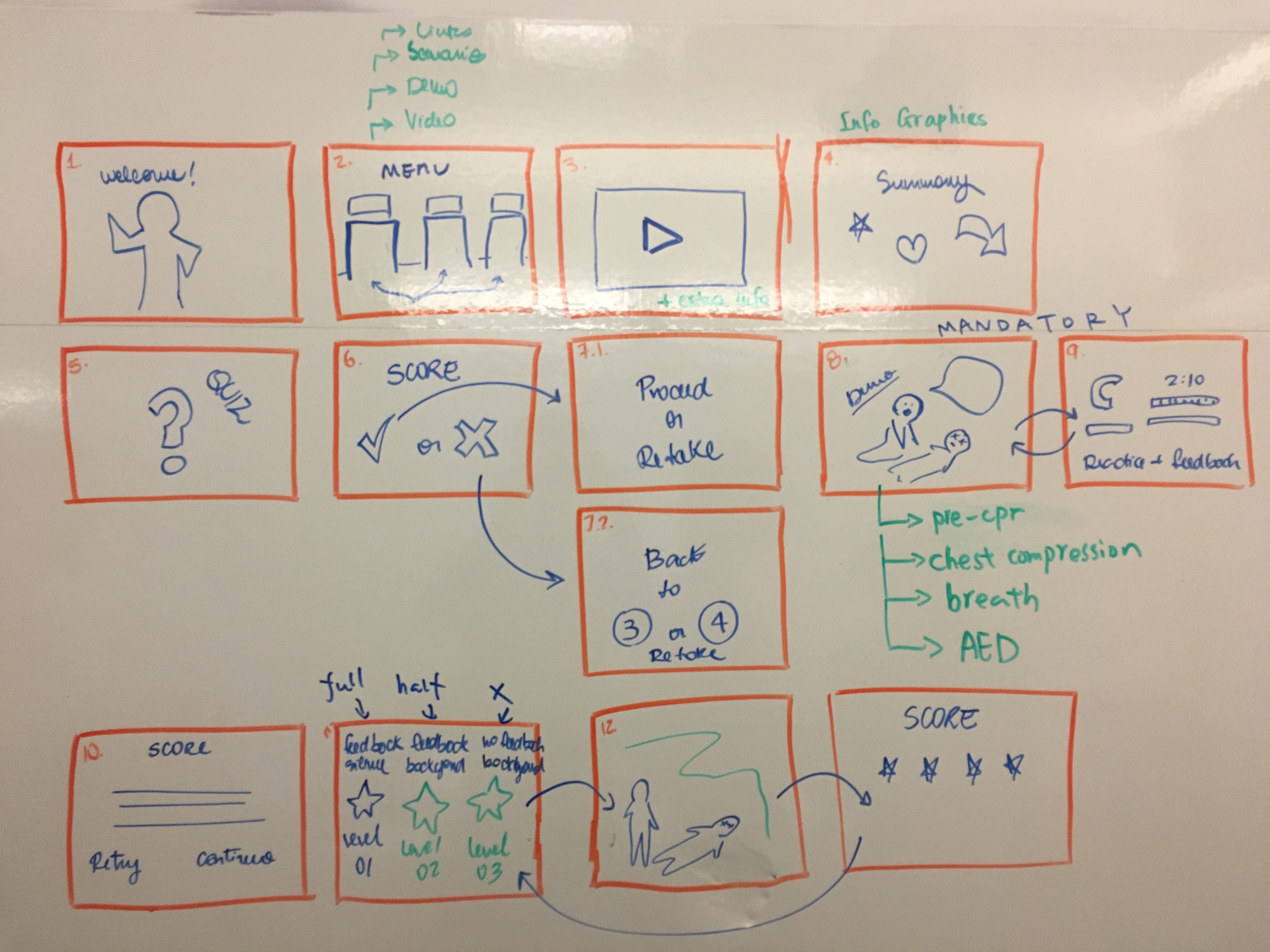
After the initial meetings about the problem we need to solve and the requirements, we finally entered into the brainstorming phase in which we are expected to come up with viable solutions.
But, a more important question for our team is how to come up with a solution that build trust and alignment with our client and also move on to prototyping as soon as possible.
In order to align with both our team members and our client, we decided to involve our client in the sketching process so we could better understand the client’s vision and incorporate it into our design.
The First Step
- Get Ready: everyone, including your clients, gets an A4 paper and pens/pencils! Remember to set a time limit!
The Second Step
- Sketch: everyone sketches silently for 15 mins! So… we have 7 people in the room. Does that means 105 mins? No, it’s still 15 mins! 😉
The Third Step
- Roundtable: each individual could spend up to 5 mins to explain their sketches! You would be surprised how people see and explain things differently! I was definitely surprised when our programmers explained the design from a very technical perspective which helped us to understand what may not be possible…
The Fourth Step
- Discussion: just give some time for people to talk about what they like and dislike, or what is possible or not…
The Fifth Step
- Recreation: do a new sketch all together to decide what the design or flow looks like! I like it the best when we and the client do it together as a team, because then everyone is automatically aligned and have a clearer understanding about what our product may look like. There are things that will still remain vague though, but it is definitely a good start!
The Sixth Step:
- Document and Share: always document it somewhere for communication and future reference. Here is the final sketch we have for the first design meeting with our client:
Our clients left with excitement because not only they contributed a large portion to the potential solution but also learned so much about our design process. They expressed that they would use the design process for their internal meetings and discussions too!

